Dyspraxia is the opposite of praxis and involves difficulties planning movements and making “calculations.” This disease affects many adolescent children who perform poorly compared to their peers.”
There are many definitions of dyspraxia. The American Diagnostic and Statistical Manual DSM-IV was included under the learning disorders.
However, there is a concept of Developmental Co-ordination Disorder DCD, very similar to the dyspraxia concept and defined by the following criteria: visible delay in the development of motor coordination affecting school learning and development of everyday living skills that do not result from other medical diseases such as cerebral palsy or muscular dystrophy and are not pervasive developmental disorders.
The Dyspraxia Foundation defines dyspraxia as a limitation or immaturity of movement organization, often co-occurring with speech, perception, and thinking disorders.
However, in sensory integration, dyspraxia is a disorder in the development of specific motor skills. Some specialists use the term developmental dyspraxia to emphasize that it is a disorder in the development of individual abilities and not the result of damage to the central nervous system resulting in the loss of particular motor abilities.
Generally, in the sensory integration theory, dyspraxia is defined as difficulty planning and performing unlearned, non-internalized motor behaviors in the correct sequence. The most common types of dyspraxia are those related to gross, fine, and oral motor skills. Developmental dyspraxia is not a disorder of specific brain centers but rather a disorder of integration between multiple central nervous system centers, particularly among those who develop tactile, proprioceptive, and vestibular information necessary for motor planning.
To properly understand the concept of dyspraxia, it is worth starting by explaining the concept of praxis![]() , which is its opposite. Praxis concerns each of us and has to do with movement. The simplest definition of praxis is the ability to perform purposeful, i.e. intentional, movements. We use praxis daily, buttoning our shirts, lacing our shoes, or playing basketball.
, which is its opposite. Praxis concerns each of us and has to do with movement. The simplest definition of praxis is the ability to perform purposeful, i.e. intentional, movements. We use praxis daily, buttoning our shirts, lacing our shoes, or playing basketball.
It may also be related to the improper functioning of mirror neurons, damage to the left brain hemisphere, and damage to the central nervous system. Dyspraxia is, therefore, considered to be specific learning difficulties closely related to brain development.
The term “dyspraxia” is sometimes used interchangeably with:
Very often, children with developmental dyspraxia have above-average intelligence. The research shows that dyspraxia affects 5-10% of people, with more boys than girls.

To date, the researchers have found no apparent cause![]() for the development of dyspraxia. However, it can manifest itself in various ways. Factors that may influence its appearance include:
for the development of dyspraxia. However, it can manifest itself in various ways. Factors that may influence its appearance include:
A child with developmental dyspraxia![]() is disorganized in many aspects of their behavior and must constantly learn each variant of the task as if it were a completely new task. These children are characterized by the clumsiness of movement, frequent falls, and bruises, often hitting objects, and need more help than most other children of the same age; they often have difficulties in solving puzzles, cutting, coloring, and gluing, as well as in using playground equipment.
is disorganized in many aspects of their behavior and must constantly learn each variant of the task as if it were a completely new task. These children are characterized by the clumsiness of movement, frequent falls, and bruises, often hitting objects, and need more help than most other children of the same age; they often have difficulties in solving puzzles, cutting, coloring, and gluing, as well as in using playground equipment.
They require much more help from parents and guardians than other children their age, even though their mental development is typical. Motor development in the so-called “milestones” may be slightly delayed.
However, we observe delays in self-service, such as difficulties with learning to fasten and unfasten buttons and zippers, tying shoelaces, dressing and undressing, using cutlery, and others. Various articulation disorders can also be observed. Children with dyspraxia have difficulty developing a coherent plan of action based on visual information and somatosensory feedback generated while performing a task. If the action plan is not correct the first time so that the task is successful, these children cannot modify it to complete it correctly next time.
They cannot quickly and efficiently learn new activities, such as tying shoelaces, because they cannot plan such action. They also cannot store such a plan in memory to use it after modification to perform similar activities in the future. If they learn to perform a particular activity, they cannot modify this action plan according to new circumstances. Therefore, they have limited ability to generalize behavior.
Dyspraxic children require help developing an action plan and its sufficient implementation. If the plan requires even minor adjustments during operation, they cannot do so due to ineffective sensory feedback.
Some specialists believe that children with dyspraxia had difficulties learning at school because it was much more challenging for them than others, especially in the early stages of schooling. These difficulties concern primarily writing and drawing but also physical activities such as physical education and team games. Most often, they hold a pen or pencil incorrectly. Their handwriting is hardly legible. They are weaker than their peers in activities, e.g., precise coloring or drawing. Many of them have problems learning to read.
Dyspraxia is often associated with disorganized behavior. It concerns many aspects of everyday life. Dyspraxic children cannot keep order either on their desks or in their rooms. They have trouble dressing correctly – they often have a shirt hanging out, socks with the heel up, shoes not tied, jackets not buttoned, etc. If we look into the briefcase, it is also messy. If a child does not feel their body, if their brain cannot organize the sensations coming from the body, they will not be able to manage the environment around them.
Disorganized behavior sometimes manifests itself in aggression towards objects. Children with dyspraxia, unable to control the reality around them, sometimes destroy objects they cannot manipulate or use. They try to explain their problems in this way or similar. Sometimes, they even hit, kick, and break objects that cause them difficulty. There is always someone else responsible for the mistakes and failures of children with dyspraxia.

At each stage of a child's life, dyspraxia is characterized by different symptoms. It is worth paying attention to them and visiting a pediatrician at the appropriate time to dispel any doubts about the child's health or to carry out further diagnostics under the supervision of a specialist. A baby suffering from clumsy child syndrome may have trouble rolling over from back to tummy, sitting up, walking, or talking. In turn, a preschooler may struggle with everyday activities, such as running, catching, playing football, climbing or descending stairs, and dressing.
The slow child may have problems maintaining relationships with peers, and is easily irritated and distracted. Additionally, they may have difficulties understanding words indicating location, such as “in”, “in front of,” or “above.” It might seem that a child does not learn anything instinctively, and each activity requires constant repetition and teaching by someone.
In a school-age child, all the disorders that appeared earlier persist. In addition, the toddler has difficulty concentrating, may have trouble with math, is poorly organized, and has trouble following instructions. Often, sports activities in which many people move at the same time can be a challenging experience for them because they cannot keep up with their peers.
Symptoms of developmental dyspraxia![]() in preschool and school age:
in preschool and school age:
At first glance, a child with developmental dyspraxia seems clumsy, daydreaming, or lazy. It is a problematic situation. Being perceived as less bright and irresponsible and creating a mess around them can lead to low self-esteem in the child and difficulties in making friends and later life.
Disturbed planning and execution of purposeful movements may appear in the child's speech. Because speaking is a complex process that coordinates the articulatory organs, the respiratory system, and thought processes, it is indeed a complicated activity. Children suffering from dyspraxia may have unintelligible speech. Utterances may be incoherent and unclear, and the pace of speech may be too fast. Speech difficulties![]() significantly impact school performance and friendships in peer groups. A child with dyspraxia is often withdrawn and stands out from the group.
significantly impact school performance and friendships in peer groups. A child with dyspraxia is often withdrawn and stands out from the group.
As you grow older, the symptoms of developmental dyspraxia may change or become less frequent. Over the years, most children struggling with this condition can develop their own way of running, talking, or walking. Dyspraxia is challenging to diagnose, particularly since its symptoms and severity can change like a kaleidoscope. Therefore, many tests have been created to help specialists diagnose accurately. The tests developed include:
The specialist may also use Peabody Developmental Motor Scales![]() , Test of Gross Motor Development
, Test of Gross Motor Development![]() , or Examination of the Child with Minor Neurological Dysfunction
, or Examination of the Child with Minor Neurological Dysfunction![]() .
.
Diagnosing dyspraxia is not easy and covers many areas, which requires close cooperation between many specialists who should be consulted in case of doubt:
Children showing symptoms of dyspraxia should be provided with appropriate specialist care![]() as soon as possible, so they can catch up on their developmental gaps. If you have doubts about whether your child is healthy, it is worth seeing a specialist for advice. Your child does not have to be distracted and absent-minded. They may have problems that they cannot cope with alone.
as soon as possible, so they can catch up on their developmental gaps. If you have doubts about whether your child is healthy, it is worth seeing a specialist for advice. Your child does not have to be distracted and absent-minded. They may have problems that they cannot cope with alone.

Dyspraxia treatment takes place on several levels and requires the work of several specialists. We are talking about a speech therapist, a psychologist, teachers, or a physiotherapist. Within the scope of therapy, there are many different exercises to improve the child's mobility, coordination, and other skills. For this reason, for example, exercises that require doing several things simultaneously are used. Examples include singing, dancing, and standing on one leg. It is also helpful to perform various physical activities.
Significantly, the entire child's environment participates in their therapy. Comprehensive information from various sources will help determine the child's problems and indicate the essential disorders that should be worked on during treatment. Therefore, good communication between parents and teachers is needed. The latter should be aware of the child's shortcomings and enable him to function as best as possible in the environment without exposing him to additional problems, especially emotional ones. Parents should also inform the school about any restrictions.
It is also significant for other children in the environment to be aware of what dyspraxia is and to know how to behave in the presence of a person with the disorder. It is necessary for the child's emotional state. A positive environment will help the child find his way in it more efficiently and minimize stimuli that may negatively affect his condition, such as anger or bitterness.
Parents also need to show their child understanding and support at every stage. It is worth learning more about dyspraxia to help your child in therapy and minimize the adverse effects. Additionally, it is significant that parents do not feel alone and left with the problem. It may be helpful to keep in touch with other parents whose children are struggling with the same trouble. In addition, there are courses available where parents can gain comprehensive knowledge about dyspraxia and how to deal with it.
Table of Contents

Apraxia is a neurological disorder. It is the inability to perform known movements or activities on command. How can it… read more »

Aphasia is the loss of language abilities in various areas – understanding speech, pronouncing logical sentences, naming objects. What are… read more »

Angelman syndrome is a neurogenetic disorder that is often misdiagnosed. Find out what the characteristic symptoms are and learn about… read more »
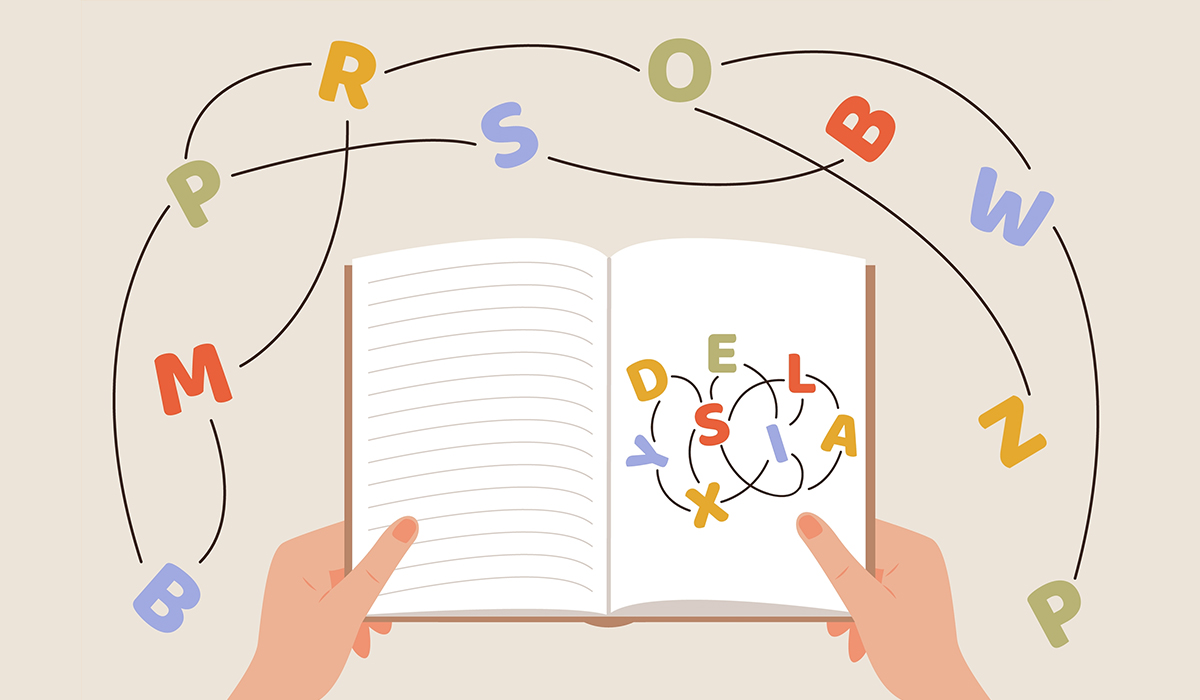
Dyslexia is a disorder that manifests itself in difficulties in learning to read and write. Why does it occur? What… read more »

Ataxia is a motor coordination issue when individuals struggle with exact movements, holding the correct posture, or having standard walking… read more »
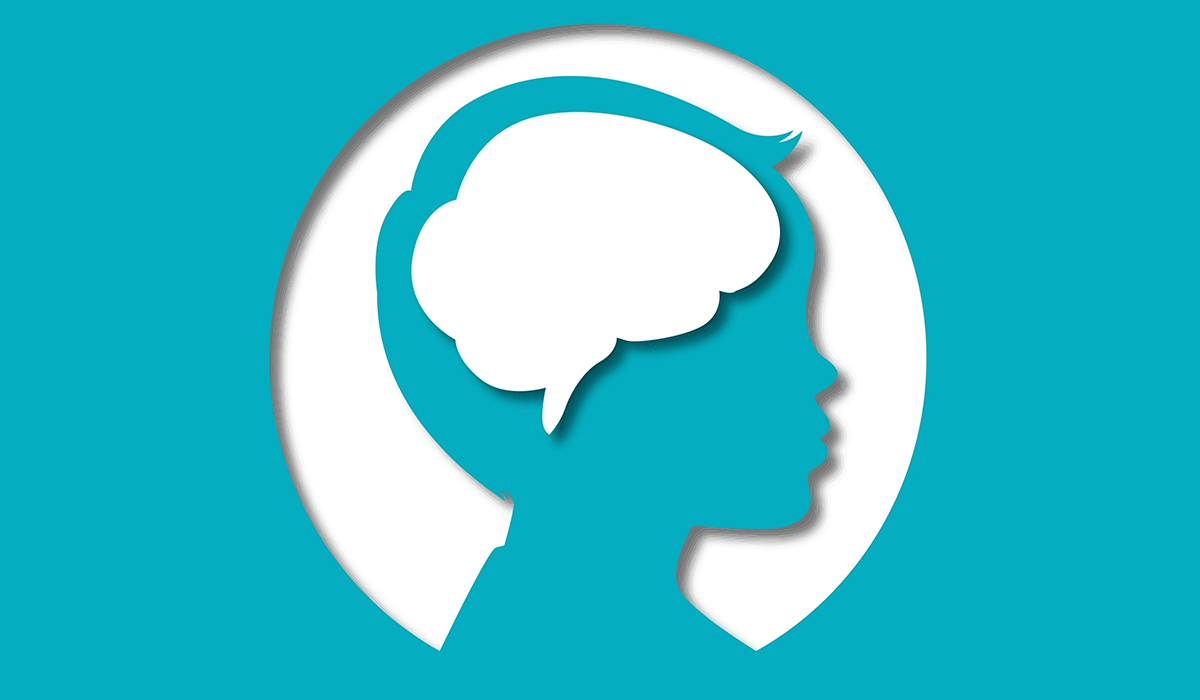
Cerebral palsy is a set of disorders characterized by impaired psychomotor development. What are its causes? What is the treatment… read more »
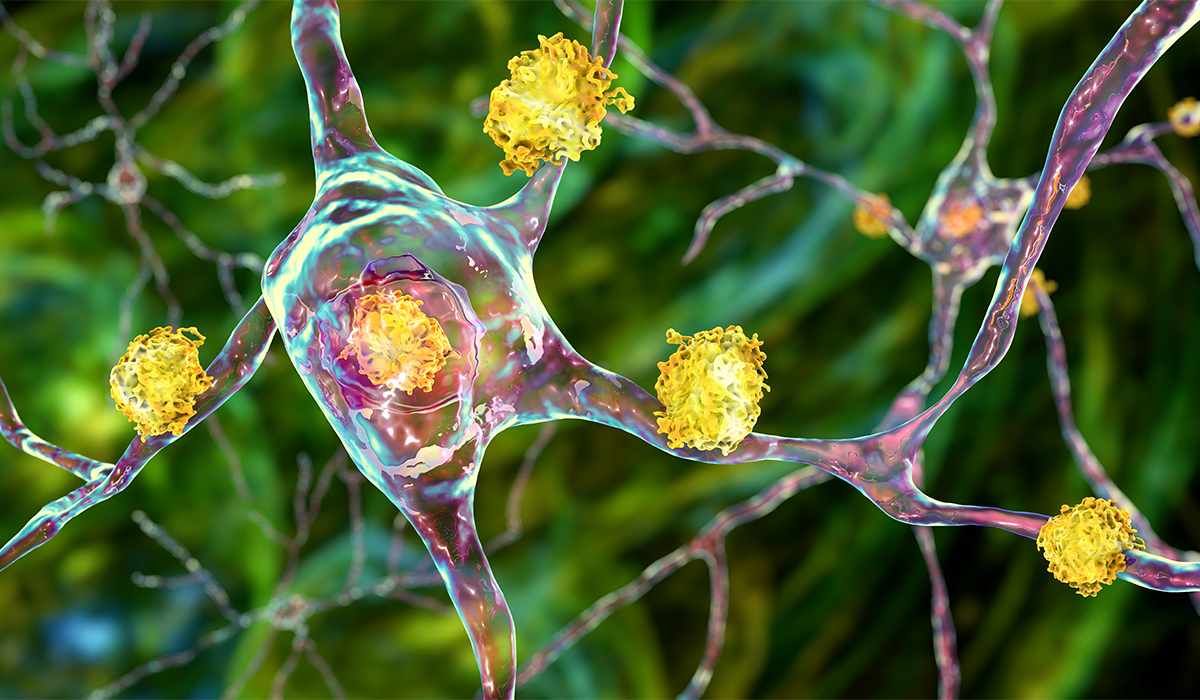
Huntington's disease is genetically determined. No effective cure has yet been developed, but research into modern treatments is ongoing. Learn… read more »
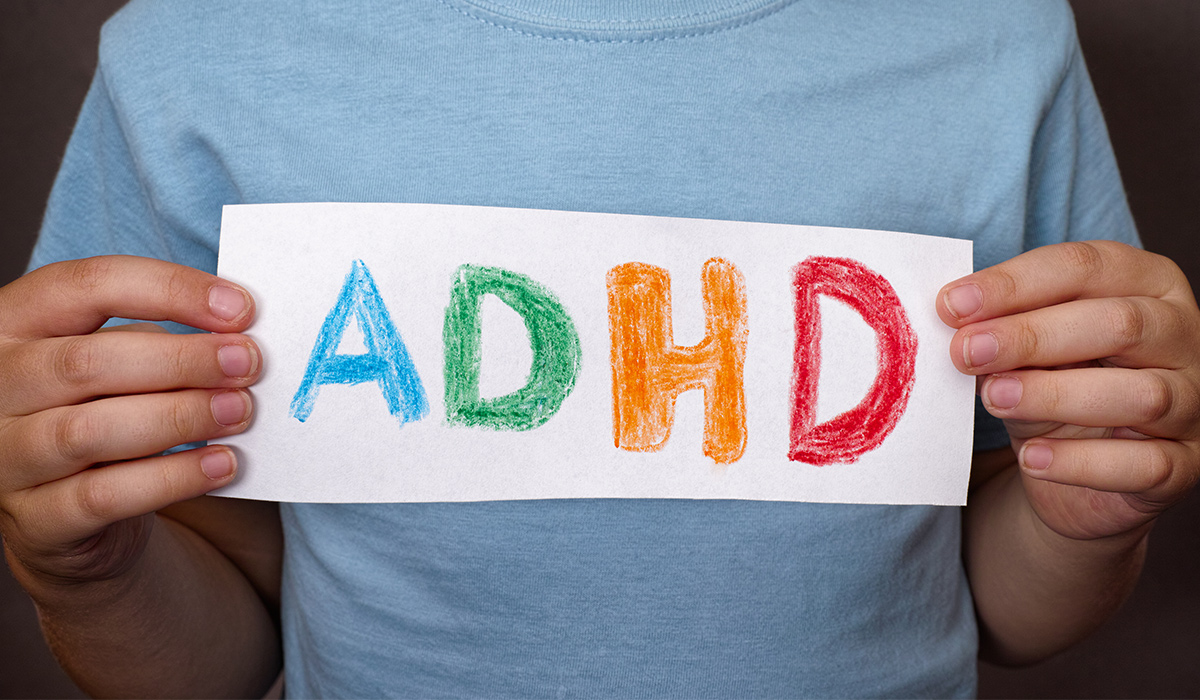
ADHD, or attention deficit hyperactivity disorder, is the general name for behavioral disorders. It is most common in children and… read more »
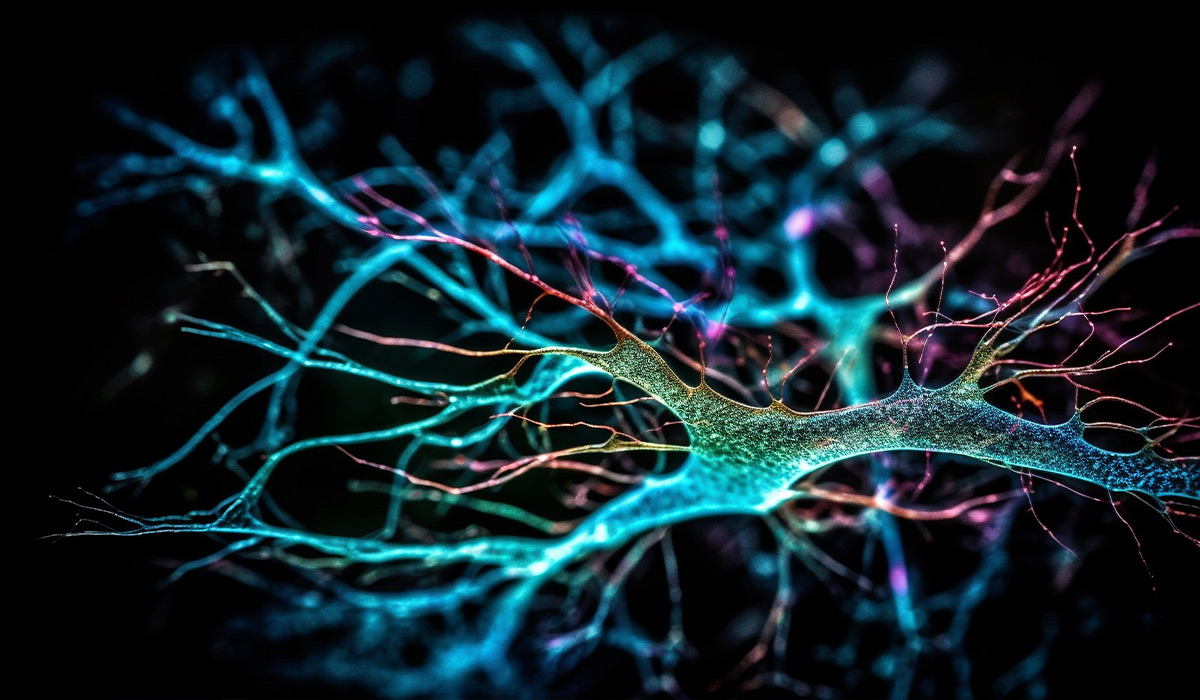
The nervous system is divided into many parts, and each part has specific functions. Learn about the function and diseases… read more »